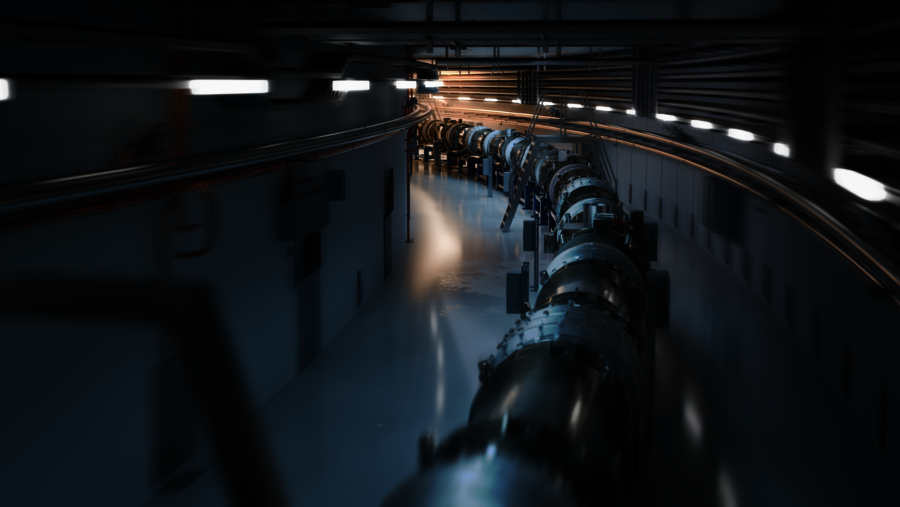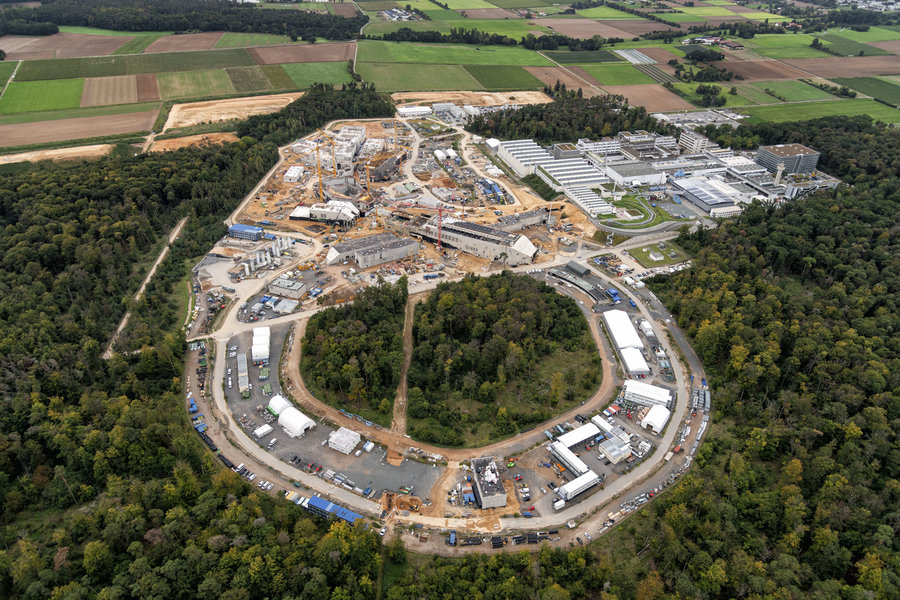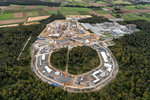FAIR is part of the future visions of physics
16.04.2024 |
What will the physics of the future look like? What are the phenomena that need to be explored? How can this research succeed? In the scientific publication “The sounds of science – a symphony for many instruments and voices – Part II”, the journal Physica Scripta gets to the bottom of these questions. Dr. Suzy Lidström, former editor of the Royal Swedish Academy’s physics journal, asked a total of 24 experts to share their vision of the future. In addition to three Nobel Prize winners – Gerard 't Hooft, William D. Phillips and Anton Zeilinger – the authors include Professor Karlheinz Langanke, former Research Director of GSI and FAIR.
The article covers a wide range of very different aspects, the understanding of which outlines the major challenges of current physics. These span from the unsolved mystery behind dark energy, which determines the dynamics of our universe today, to the question of whether it is possible to construct machines that function like a human brain.
FAIR, with its unique, wide-ranging research capabilities, is the only research facility to have its own chapter (“FAIR - Exploring the universe in the laboratory”), in which Langanke discusses what contributions FAIR, with its unrivaled combination of beam energy and intensity, as well as precision and instrumentation, can and will make in the future to further understanding our world.
The chapter highlights the studies of matter at extreme densities, focusing on the salient question of whether there is also a critical point in the phase diagram of the strong interaction. Langanke describes the contributions FAIR will make to the synthesis of elements in stellar processes through the first production and studies of very short-lived heavy nuclei. With its unique combination of storage rings, FAIR will open up access to the atomic physics of ultra-strong electric fields in the future. Finally, the annihilation of protons and antiprotons promises new insights and tests of the fundamental theory of the strong interaction.
“In summary, FAIR brings the ’Universe into the Laboratory’ and with its widespread fundamental and applied research opportunities will deepen the understanding of our universe and the objects therein,“ Langanke writes in his contribution. (CP)
















